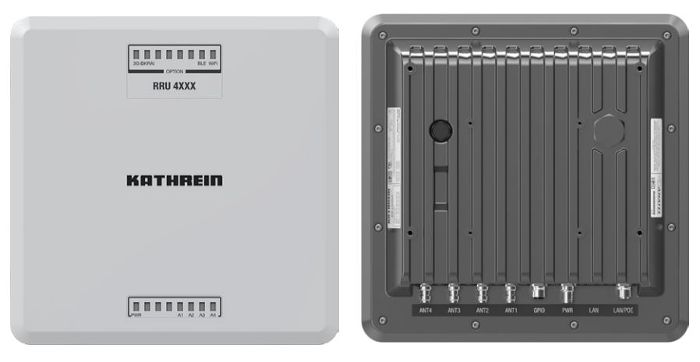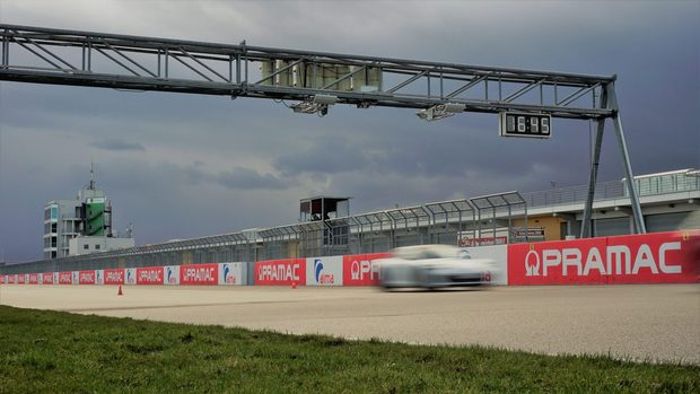Two of Germany’s leading developers of vehicle identification technology, Kathrein and Tönnjes, have used a racetrack to test and demonstrate the effectiveness of their UHF RFID (radio frequency identification) tag reads at speeds over 140mph (220km/h).
Many traffic monitoring applications such as electronic vehicle registration (EVR), Electronic toll collection (ETC), automated vehicle identification (AVI) or intelligent transportation systems (ITS), require highly accurate identification at the highest possible speeds. These systems also require that the communication between a reader and a transponder, as well as between a reader and a back-end system achieve the highest level of security. Internet of Things (IoT) and RFID technology developer Kathrein Solutions, in partnership with secure vehicle identification system supplier Tönnjes, and chipset manufacturer NXP Semiconductors, have developed and demonstrated an end-to-end high-security solution for the optimal detection of vehicles in multi-lane free flow (MLFF) tolling situations.

Vehicles are equipped with Tönnjes’ IDePLATE front and rear license plate RFID transponders, as well as a windscreen-mounted IDeSTIX transponder that functions as a ‘third license plate’. Motorcycles have a rear license plate and an IDeSTIX HLT headlamp tag. Traditionally, tolling companies have offered active 5.8GHz transponders requiring a battery to transmit data, but Kathrein has moved into the market of providing passive RFID technology compliant with the ISO 18000-63C standard, with Tönnjes as its global partner for government-mandated electronic vehicle identification. All transponders feature a UCODE DNA IC chip from NXP with 128-bit AES encryption technology. Vehicles can be identified by authorized readers, which are mounted overhead in a gantry or on a tolling plaza. Their identity is reliably authenticated via a secure end-to-end solution composed of secure tags, secure readers and the secure backend. If a vehicle has illegal number plates or the license plate data does not match the information contained on the sticker, readers will raise an alarm. It is almost impossible to misuse the windshield label or a headlamp tag, because they self-destruct when removed from the windscreen.
The three companies wanted to demonstrate what the passive UHF RFID system was capable of, so they scheduled a test at Germany’s Sachsenring racetrack and invited potential customers. Approximately 90 guests from 30 countries watched the testing take place. During the test, the partners operated vehicles in a variety of scenarios, tracking their movements using tags and readers designed for electronic vehicle registration systems and electronic toll collection. Each vehicle had an IDePLATE on the front and rear, as well as IDeSTIX tag on the windshield or motorcycle headlamp, and installed Kathrein’s RRU4500 readers around the track, with read data managed by Kathrein’s CrossTalk software platform.
“We first ran tests at 70km/h (43mph), then at 120km/h (75mph) on two parallel lanes according to the ISO standard. Finally, we ran a test at the maximum speed that was possible from the Queckenberg curve exit on the longest straight of the course to the RFID gate,” explained Christian Schnebinger, Katherein’s senior sales manager. “The Porsche 911 GTS 4 reaches a speed of about 225km/h (140mph), the Ducati Panigale up to 235km/h (146mph). The recording worked perfectly.”





